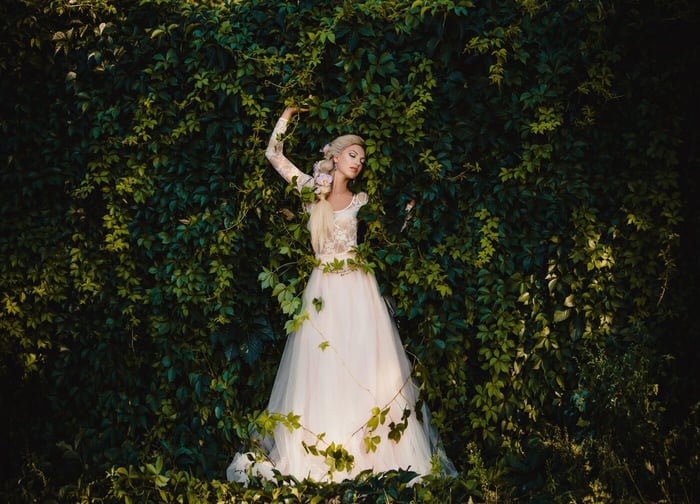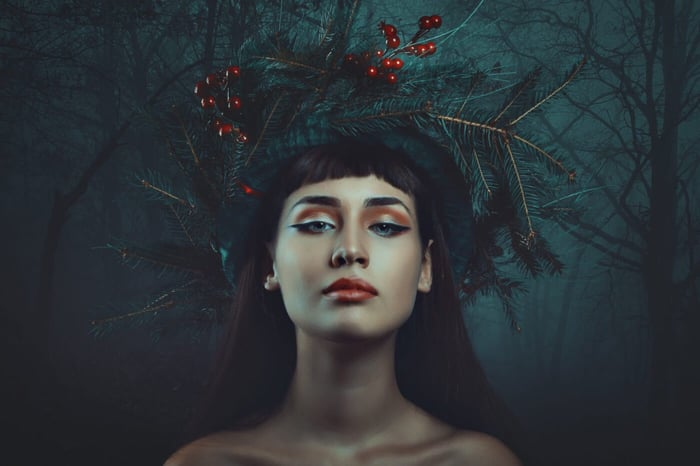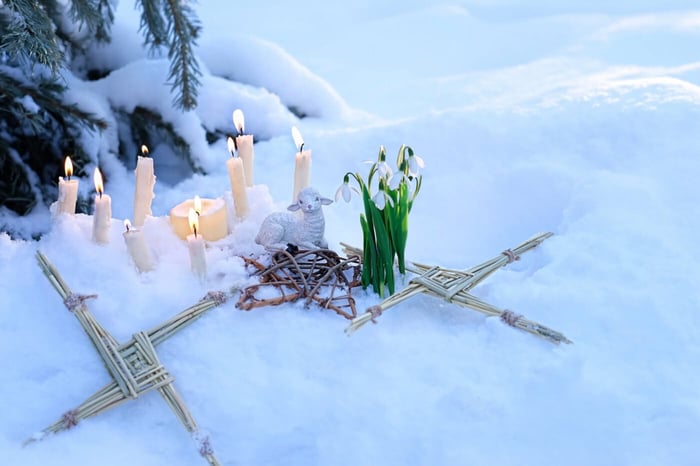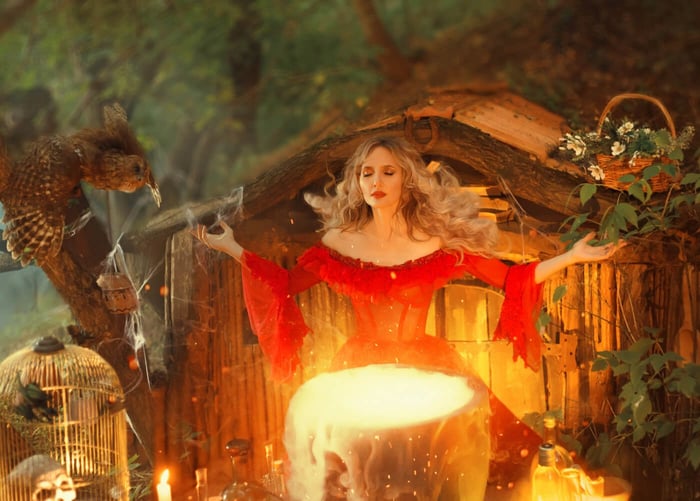Witches and Goddesses have long been guardians of poisonous plants. Recalling the ancient days of The Goddess and of Myths, Poisonous Plants flourished in the Gardens of Hecate, Circe, and Artemis.
Legend has it that Circe walked amongst her Willow and Alder trees growing different types of holy and entheogenic plants.
While in Hecate’s garden Henbane and Monkshood were tended and cultivated.
In the garden of Artemis, mugwort, wormwood, and heliotrope grew as wild as their caretaker. Poisonous Plants were also the key ingredients in what was called, “Witch’s Salve” or “Flying Ointment” and have been connected to ancient rites and rituals across the globe.
Explore five Poisonous Plants that have been intertwined for centuries with Earth-Based spirituality…
Belladonna
Belladonna is also known as Banewort, Deadly Nightshade, Devil’s Herb, and Death Cherry. Covered with purple flowers, all parts of the plant are considered toxic.
In folklore, Belladonna is associated with Flying Ointment or Witches Salve. Witches Salve was made during Samhain, and other Sabbat days with poisonous plants like Belladonna. Some writings describe Monkshood, and Henbane, or Datura as additions to the salve.
Traditionally, Witches would simmer these herbs in goose fat to make their potions. Then, these salves were applied for journeying and rituals and these Witches would disappear across the night on the back of their broomsticks or a familiar.
Henbane
The history of Henbane, similar to other highly poisonous and notorious members of this family such as Mandrakes and Daturas, can be traced back to 4,000 B.C.
The genus Hyoscyamus consists of about twenty species of plants. Each of these species contains powerful narcotic tropane alkaloids (including scopolamine and hyoscyamine). Henbane can cause loss of muscular control, dilation of the pupils, heart palpitation, hallucinations, delirium, and in large doses, coma, and death. During the Middle Ages, Henbane was known as “Witches Herb,” one of the major ingredients used in Flying Ointment (much like Belladonna). Henbane induced a sense of
body suspension and flight, but on the next day, the person would remember nothing of what had happened the night before.
In northern Europe, Henbane was renowned as a beer additive, used as a flavor enhancer before the practice of working with Hops (much like Mugwort). One of the side effects of beer brewed with Henbane is that it actually makes a person more thirsty (good for business)!
Henbane was one of the most important ritual plants of Druids and the Vikings. Hundreds of seeds have been discovered in the excavation of Viking burial sites.
Datura
Daturas have been used as poisons, medicines, and ritual intoxicant agents since the beginning of time.
Each species has its own characteristic strong narcotic tropane alkaloids. The genus name comes from the Hindu word “dhatura”, which means “thorn apple.” This nickname was created in reference to the appearance of the seed capsules of the plant that are covered with thorns.
The plant is commonly known as Devil’s Trumpet, due to its toxicity and the shape of the flowers (blooming upwards). Some believe the Oracles of Delphi used Datura to induce their visions. In folk medicine, practitioners believed that smoking Datura would ease asthma symptoms.
Foxglove
Foxgloves are also called Elf’s glove, Folk’s Glove, or Fairy-Cap. The leaves, flowers, and seeds of this plant are all poisonous.
This magickal plant is connected to the Otherworld and the world of the Fae. This is a plant beloved by faeries and its appearance in the wild indicates their presence.
Likewise, fairies can be attracted to a domestic garden by planting foxgloves. In some Norwegian folktales, it is said the Fae showed the foxes how to ring the bell-shaped flower to warn each other of hunters. Another story said that the foxes used the flowers as slippers to sneak quietly into chicken coops.
Amanita Muscaria
Amanita Muscaria is one of the most recognizable species of fungi due to their vivid red caps with white buttons. They are often drawn or pictured as the home for Fae or Gnomes, and have a whimsical illustrative feel to them.
This mysterious mushroom played a role in pre-Christian winter rituals, and it may not be a coincidence that Santa Claus and his ensemble match its memorable color scheme. While collecting these mushrooms, Shamans in Central Asia would wear specific garments of red and black.
After collecting Amanita Muscaria mushrooms in a Santa Claus-like sack, the Shaman would return to the village and enter a special yurt via the smoke hole at the top. These mushrooms would be ritually consumed and produce vivid hallucinations that made the participant feel as if they were flying.
Yew
The Yew Tree is native to parts of Europe, Africa, Asia, and Iran. Yew is sacred to the gods of the underworld and because of this has been connected with the legend of Persephone and Hecate as these myths take place in the Underworld or in liminal spaces between.
The Celts worked ritually with Yew, and The Druids considered Yew to be sacred and so it was planted on sacred sites. Yew branches were often used to create wooden staves for prophetic arts.
All parts of the tree, except for the red part of the berry, contain poisonous amounts of taxine, a toxic alkaloid.
This article is for educational purposes only. Do not ingest Poisonous Plants.









